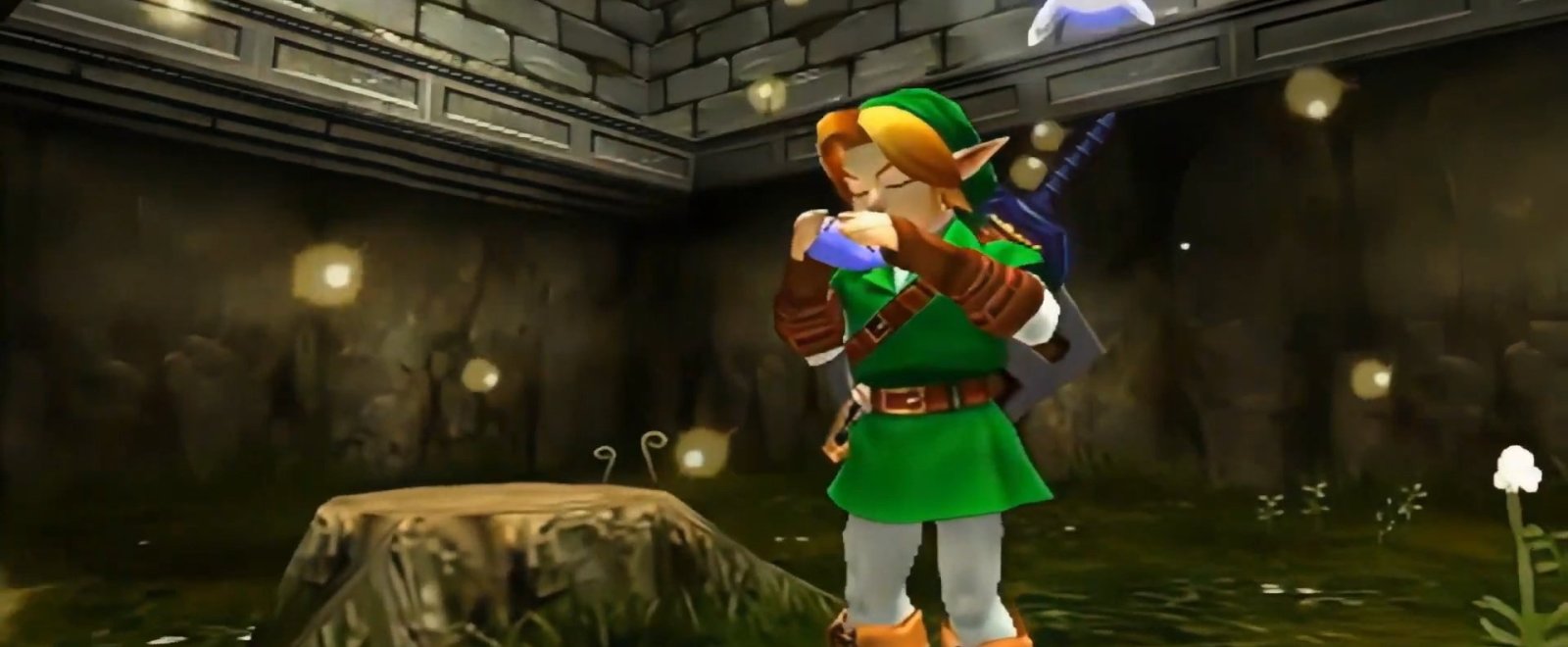
If 80s games are to be deemed retro and the 2000s were innovative, I’d say that makes the decade smack in-between them the era of the classics, and based on the list below that seems a pretty apt title for ’em. In the 90s, video games seemed to find their footing and genres were more clearly defined. We got the definitive racing game, figured out what made a shooter work, adapted arcade-fighters for console in a way that ruled, figured out how to make stealth games a bit less cruel and a bit more clever, and established what it takes to make a fantastic and immersive 3D action-adventure game. In short, the 90s are video games “roots,” and as we all know, our roots are well-worth remembering and celebrating — hence this little list we’ve thrown together.
Just like our previous top games posts we did covering the 2010s and the 2000s, this top ten list was compiled using the aggregate review site Metacritic which I do for a couple of reasons. First and foremost, it just feels way more fair and inclusive than me picking my personal favorites and missing some of the great games I never got around to playing. It also keeps me from taking too much heat for leaving things out, because trust me, I’m just as upset as you that Final Fantasy VII, Poke’mon Red/Blue, and Banjo-Kazooie aren’t on here, among countless others. As always however, feel free to comment on what games you think are missing or shouldn’t have made the cut.
10. Grim Fandango (1998, 94)
Grim Fandago is somewhat of an anomaly. After all, how often do you hear about a game that commercially failed so hard it caused a major studio to pull back from developing games, helped contribute to the death of an entire game genre, and is widely considered among one of the best games ever made? Not very often, I’d recon. A film-noir adventure game set in a comedic take on the land of the dead and regarded as a triumph in visual design, Grim Fandango is an experience unlike any other — and perhaps that is what led to its alienation and cult-classic status that didn’t lead to great sales. Either way, you can’t say the adventure genre didn’t go out with quite the bang.
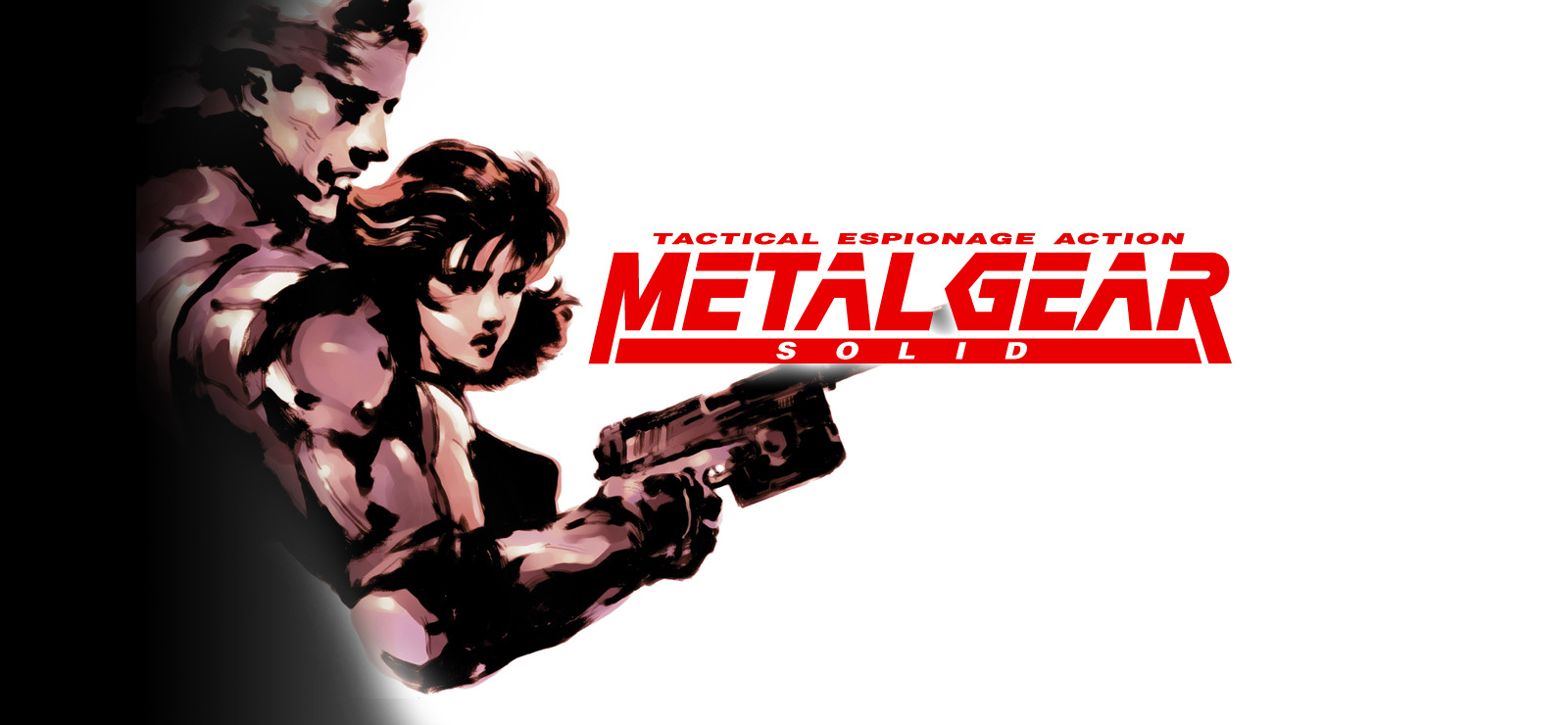
9. Metal Gear Solid (1998, 94)
Just for starters, it feels more than fair to say stealth games would not be what they are today without the creation of Metal Gear Solid, and that statement in itself goes to show how important this game is. While still frustrating in its own right, Metal Gear Solid took a lot of what felt unfair about stealth games (namely the genre’s reliance on trial and error to progress) and established you could nail things the first time… if you’re clever enough to figure out how. And boy are there countless clever ways and strokes of brilliance peppered throughout the entirely of Metal Gear Solid. From using cigarette smoke to detect lasers and wearing a box and having a wolf cub pee on you to cover your scent, there are countless moments that will frustrate you with how smart (and ridiculous) they are, which is kind of the theme of the game. While it is undeniably a campy little title filled with over-the-top characters enacting over-the-top-plans, it also is exceedingly grounded and brilliant in both its politically-charged story and its mechanics and puzzles.
8. Quake (1996, 94)
When it comes to what game studio was putting out the most adrenaline-pumping hyper violent games folks couldn’t get enough of in the 90s, id Software — the studio behind DOOM, Wolfenstein, and Quake — was basically unrivaled. As such, Quake had a lot of hype and expectations to live up to when it was announced, leaving some folks worried the title might fumble or fail to deliver everything fans expected it to. However, Quake not only lived up to id Software’s reputation, but established the company could also design a disgustingly good multiplayer experience as well. Quake‘s truly 3D world, immersion, and unparalleled multiplayer Deathmatch mode cemented the game as a 90s classic, with the Trent Reznor created soundtrack being merely the cherry on top.
7. Sid Meier’s Civilization II (1996, 94)
Since Sid Meier’s Civilization hit PC back in 1991, the overall concept of the game hasn’t changed much — which honestly just goes to show you just how perfect this series has always been at what it does. However, the jump from the first entry to the second was one noted and appreciate by fans and critics when Civilization II launched in 1996 and for good reason. While the series has always felt a bit similar to an intense game of Risk, Civilization II upped the thinking required by players with the introduction of new nations, city growth variations, troop types, and more. Civilization II wasn’t just a bigger and better looking game, but one that upheld the series’ original intent of creating a brilliant (and oh-so addicting) strategy game that will either leave you feeling utterly triumphant or ripping out your hair.
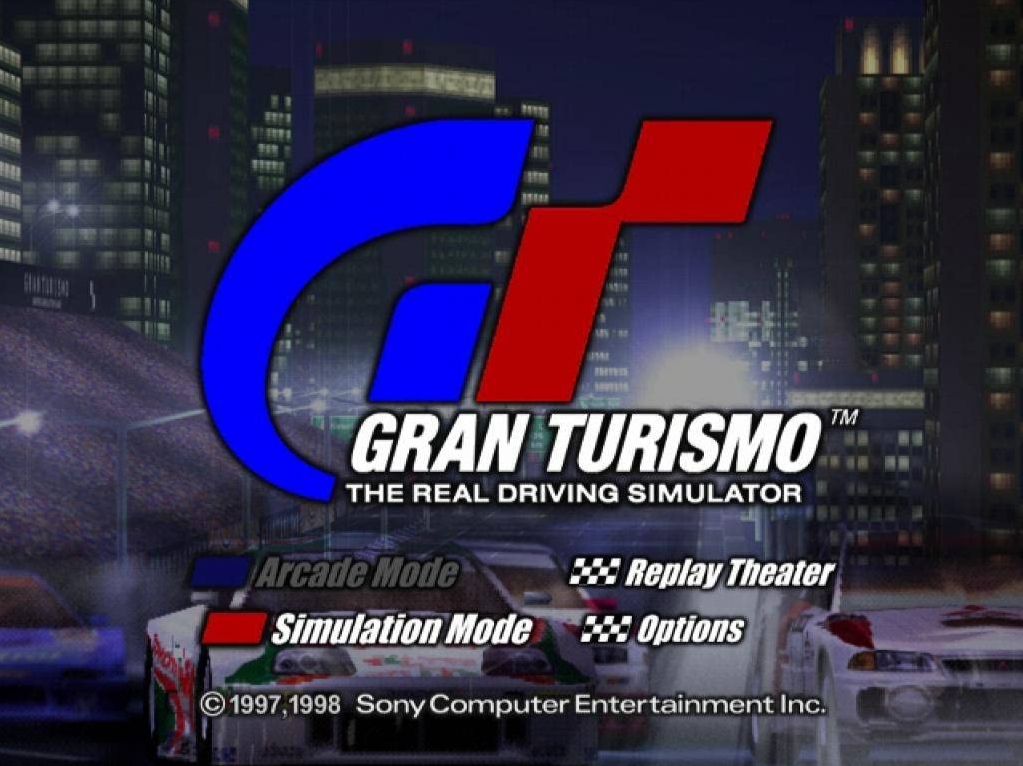
6. Gran Turismo (1998, 96)
Ready for a kind of unbelievable fun fact? While we might think of God of War, Uncharted, The Last of Us, and Horizon as PlayStation’s biggest exclusive series, when it comes to which exclusive franchise has sold the most on the system, it’s none other than Gran Turismo. Released in 1998, the first Gran Turismo took a whopping five-years to make because of just how hyper-realistic the racing game was intent on being. Ultimately, all the work the studio put in was well-worth it when it quickly became regarded as the greatest racing game ever made. The game featured a staggering 140 cars for players to drive with the most realistic feeling driving to ever grace a racing game, and quickly became the new benchmark for the genre.
5. Half-Life (1998, 96)
Long before Valve was one of the most well known companies in gaming, it was just a little studio working on a very ambitious game: Half-Life. While the overarching story already felt tried and true at the time it was released (scientists experiment goes wrong and now the faculty is overrun by abominations you gotta somehow take care of), Half-Life‘s delivery was handled with such care and precision it turned a cliché into what’s widely regarded as a masterpiece without relying on merely turning the game into something cinematic. That same care and attentiveness ultimately went into every element of the game, ultimately creating a title that felt more realistic and clever than any first-person shooter to come before it, with plenty of puzzles and strokes of brilliance. Alongside the aforementioned Metal Gear Solid, Half-Life was one of the titles that urged action-packed games to think both bigger and smaller than ever before.
4. Tekken 3 (1998, 96)
The 90s were honestly an incredible time for fighting games. With the rise in home consoles came a concentrated effort to take classic cabinet fighters and turn them into games we could play at home, without pockets full of change and germ-covered joysticks — and by and large, developers did a great job doing it. We got Street Fighter 2, Killer Instinct, Mortal Kombat, another little title coming up just a bit further on this list, and, of course, Tekken 3. When it released in 1998, Tekken 3 made a name for itself as a fantastic looking and modern feeling fighter that somehow completely retained the feeling of being an arcade game. Perhaps that’s because above all else, Tekken 3 was concerned with being a balanced game where every type of player could find their go-to fighter and dish-out relentless combos using the hundreds of moves each character came with, making it a must-have entry in the fighting game genre.
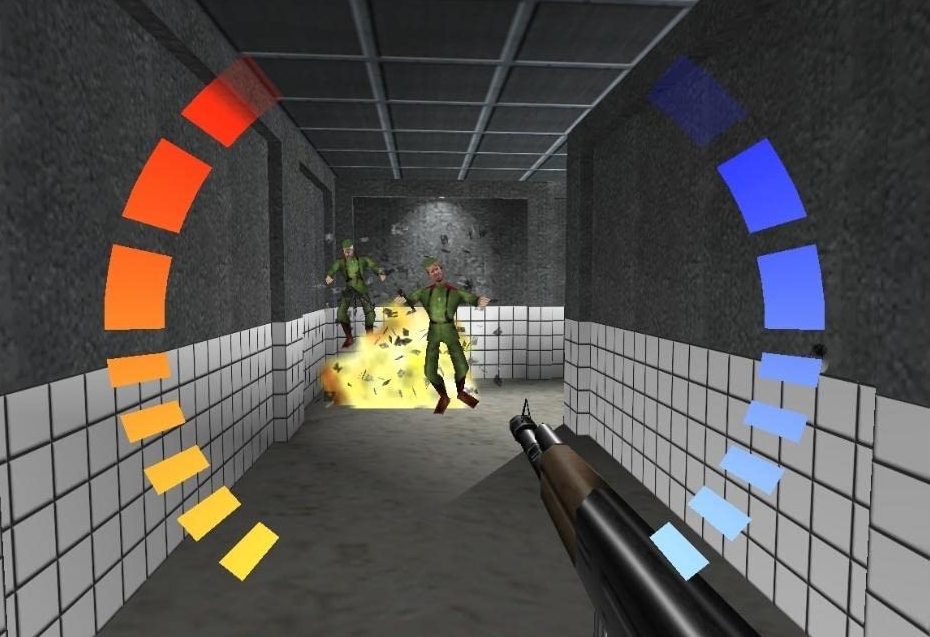
3. Goldeneye 007 (1997, 96)
While the notion that a licensed game could not only be critically-acclaimed but somehow be groundbreaking seems a bit scoff-able, Goldeneye proves the idea is not an impossible one. While Halo: Combat Evolved would ultimately come along and prove once and for all competitive first-person shooters did have a home in console gaming in just a few short years later, when Goldeneye hit shelves in 1997 it helped move the needle and open people up the idea. With smart AI, great level design, a killer soundtrack, and a multiplayer mode that went on to provide families and friend groups with hundreds of hours of entertainment, Goldeneye became an unlikely staple on the Nintendo 64 alongside the likes of Super Smash Bros. and Mario Kart 64.
2. SoulCalibur (1999, 98)
While the Sega Dreamcast might have not have sold the way the company dreamed of (ultimately leading to it being Sega’s last effort in the home console war), it wasn’t for a lack of trying. From Crazy Taxi to Shenmue, the system had some seriously innovative and fun exclusive titles, one of which was SoulCalibur. Considered by some to be the sole reason to buy the Dreamcast, the 1998 SoulCalibur revival took a fun arcade game and made it arguably the most powerful and compelling fighting game ever made, with an eight-way direction system, realistic physics, cutting-edge graphics, and fast-and-fluid gameplay. The weapons-fighting game also boasted a cast of character that felt incredibly unique to play in a world where fighting games were becoming a dime-a-dozen and there was some serious overlap between franchises and characters. Ultimately, SoulCalibur stands out as thee fighting game in a decade filled with entries in the genre.
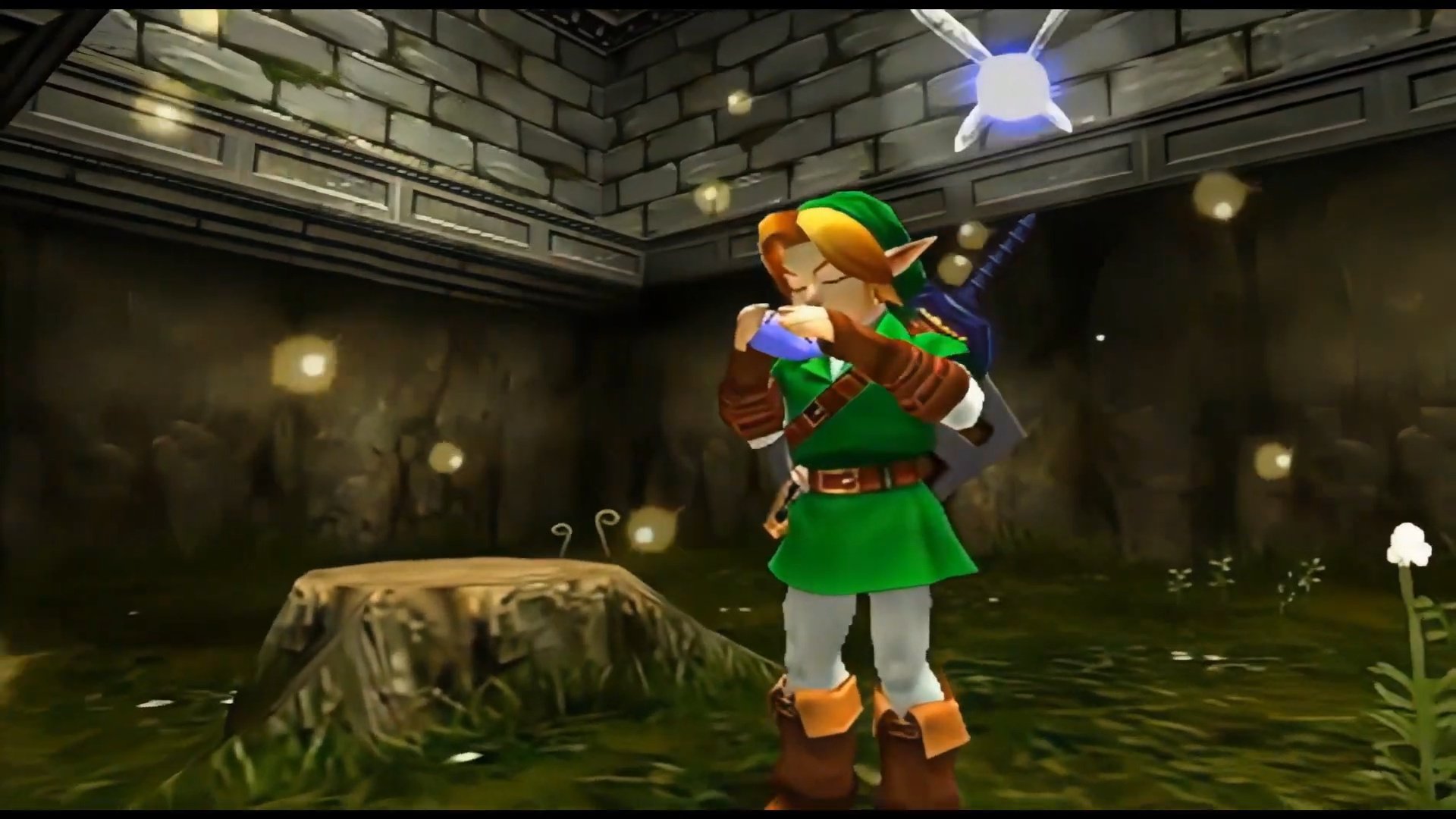
1. The Legend of Zelda: Ocarina of Time (1998, 99)
Nowadays, just about the greatest compliment a game can get is it feels “immersive,” meaning it creates a world so fleshed-out and so worthy of getting invested in, we temporarily forget our own. While it doesn’t take a 3D-world, engaging combat, beautiful art, an iconic soundtrack, perfect level design, and a compelling story to make a game immersive, all of these things led to Ocarina of Time being widely regarded as the most immersive action-adventure game to ever hit consoles when it was released in 98. While the Legend of Zelda series was already quite beloved by this point, Ocarina took it to a next level, capturing the the magic, adventure, loneliness, and eerie-quality of the games in a way no entry had before.
